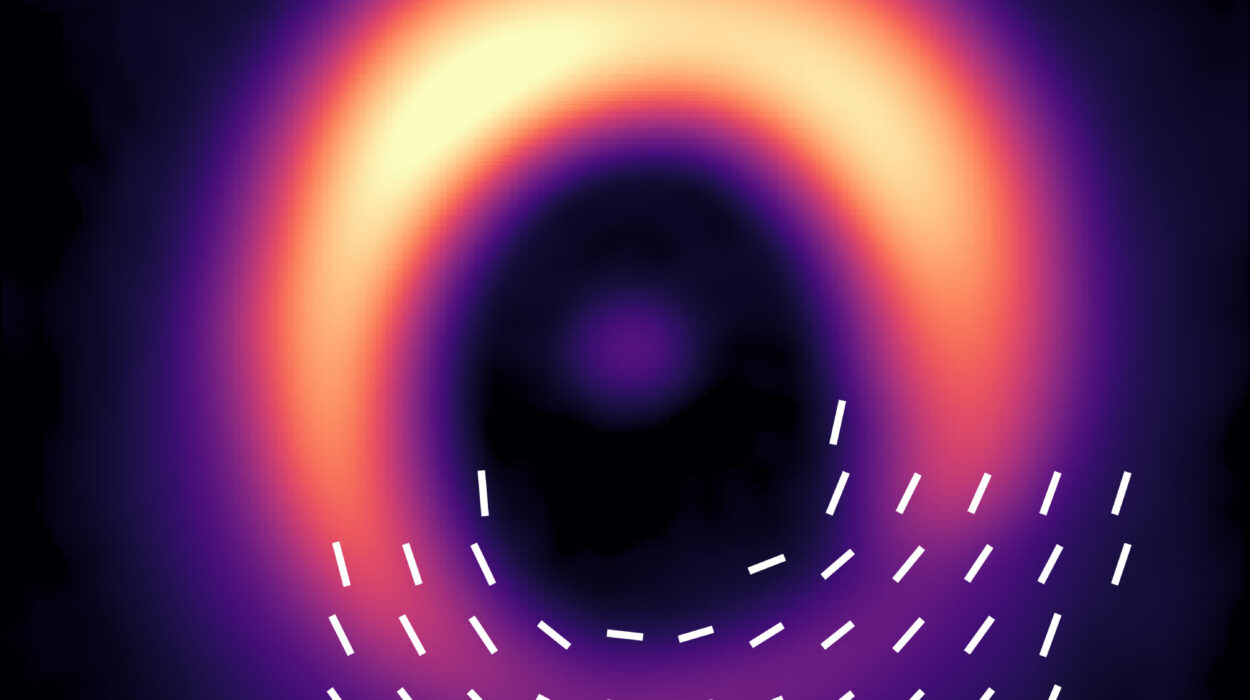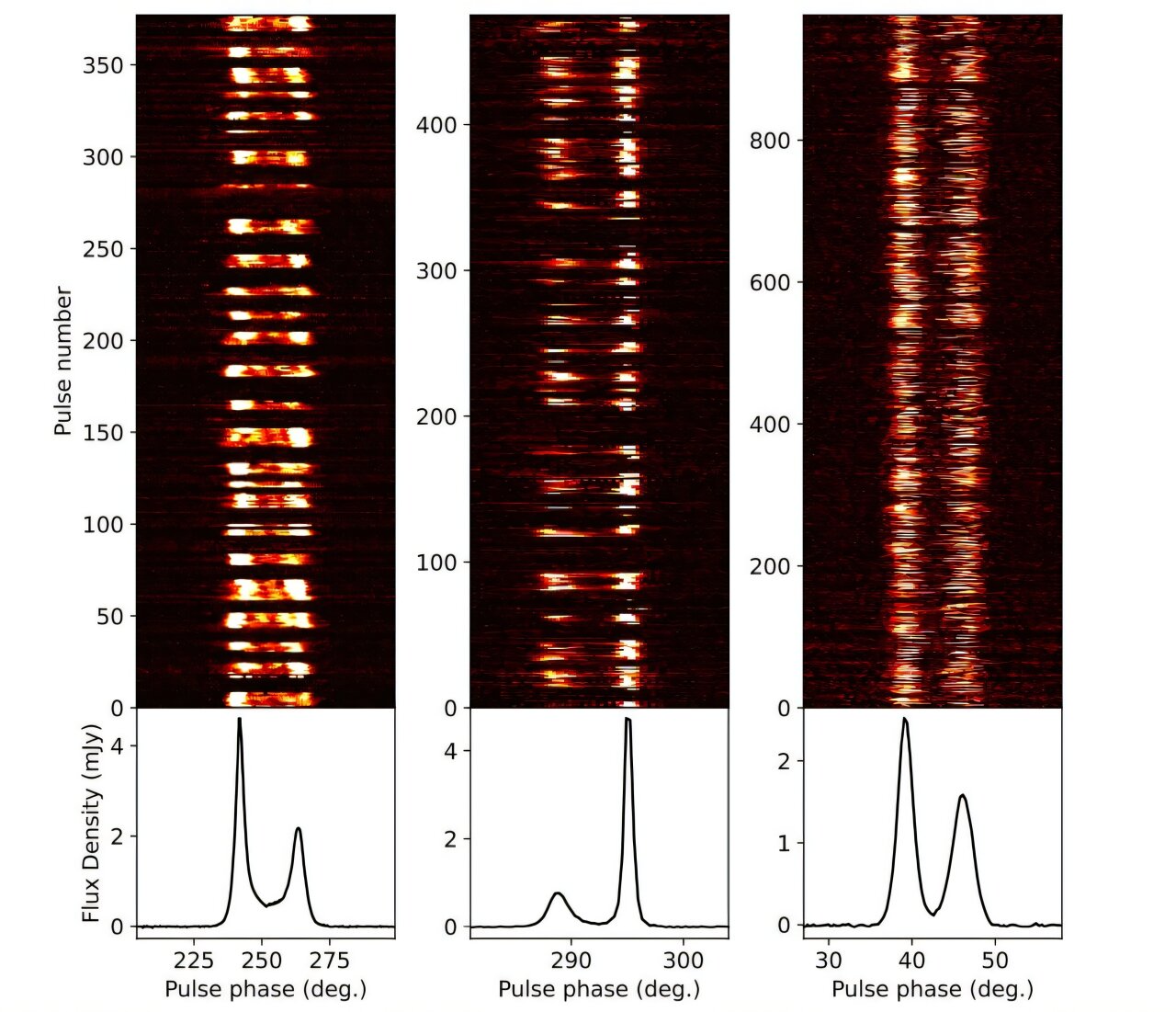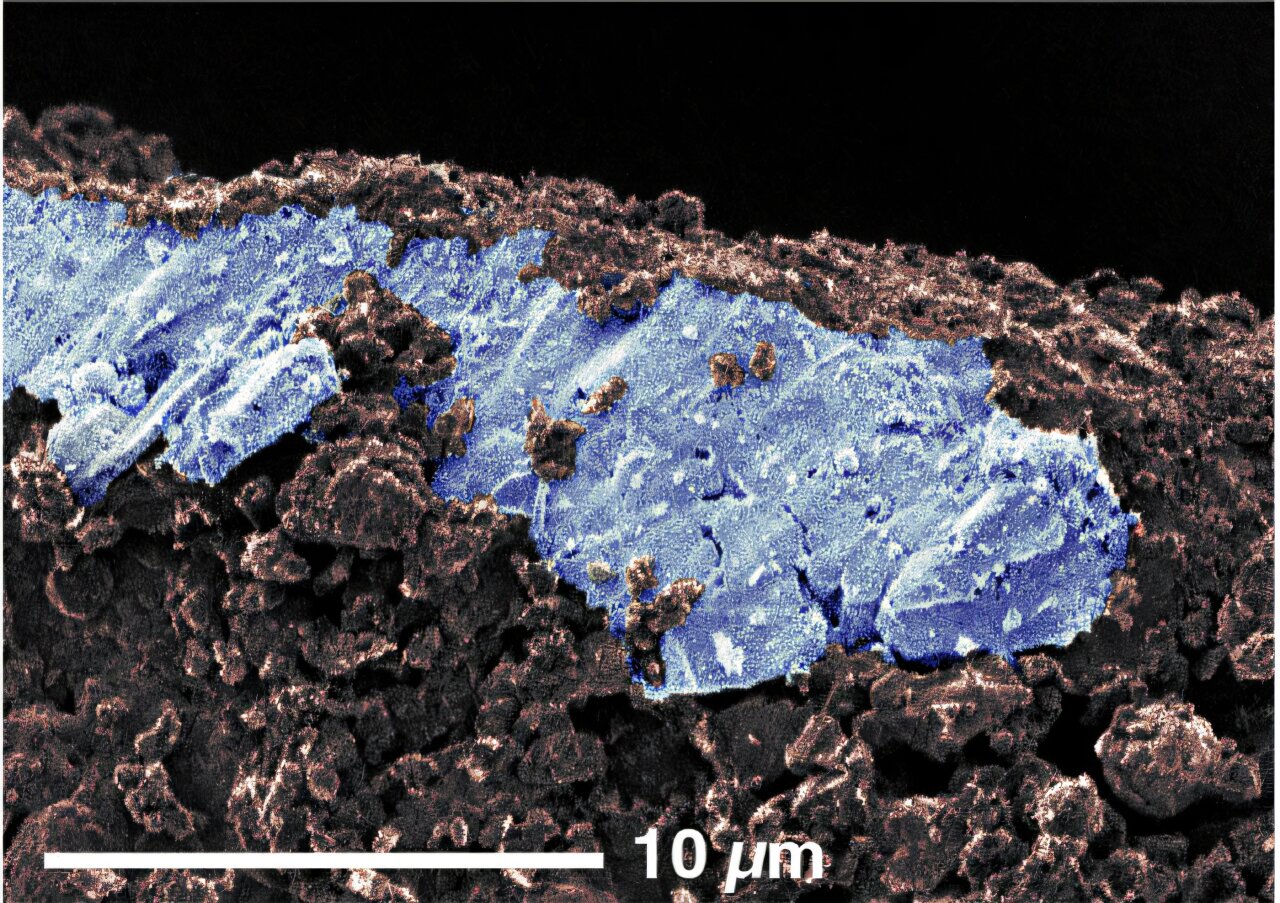Astronomers have achieved a groundbreaking milestone in the study of planet formation by directly observing the magnetic field around a young star, a feat never before accomplished. This exciting discovery, published in the journal Nature Astronomy, opens new avenues for understanding the complex process of planet formation in protoplanetary disks, the regions surrounding young stars where planets are thought to take shape.
Planet formation is believed to begin in turbulent disks of gas and dust known as protoplanetary disks, which form around newly born stars. Within these disks, tiny dust grains collide and stick together, eventually building up to form planets. While much has been learned about this process, the role of magnetic fields in the movement of dust grains—crucial for understanding how planets take shape—has remained a mystery. Understanding the influence of magnetic forces on the dust particles is essential because they are one of the primary forces governing the motion of these particles within the disk.
Magnetic fields can alter the way dust particles move and clump together, which in turn affects how planets form. The task of studying the magnetic fields within protoplanetary disks has proven difficult, as magnetic fields themselves are invisible and extremely hard to measure directly. For this reason, researchers have long sought a method to study these magnetic fields indirectly by looking at how they influence the surrounding material, especially the dust particles that form the building blocks of planets.
In this pioneering research, a team of international astronomers led by Satoshi Ohashi from the National Astronomical Observatory of Japan has made a significant breakthrough. Using the powerful Atacama Large Millimeter/submillimeter Array (ALMA), the team observed the protoplanetary disk around the young star HD 142527, located 512 light-years away in the direction of the constellation Lupus. ALMA, which is situated in the high-altitude desert of Chile, is a state-of-the-art radio telescope array capable of detecting faint signals in the millimeter and submillimeter wavelength range. This allows it to observe cooler regions of space, like the gas and dust clouds surrounding stars.
The team’s method involved studying how the dust particles within the disk aligned with the magnetic field lines. Similar to the way iron filings can reveal the shape of a magnetic field when placed near a magnet, the dust in the protoplanetary disk aligned with the magnetic field lines, revealing the structure of the field. This provided the team with the first-ever direct measurement of the magnetic field structure within such a disk.
The findings are remarkable, as the alignment of dust grains with the magnetic field lines allowed the astronomers to measure the previously unseen magnetic field of the disk. By using the dust grains as tracers, the researchers were able to capture a three-dimensional “fingerprint” of the magnetic field. The results indicate that the magnetic field plays a significant role in the dynamics of the disk, potentially influencing the strength of turbulence within the region. The turbulence in the protoplanetary disk is thought to be important for the clumping of dust particles, which ultimately leads to the formation of planets.
The discovery is also significant because it provides insights into the conditions surrounding planet formation. As planets form in these turbulent disks, the magnetic field could be one of the key factors controlling how dust accumulates and eventually forms larger bodies. Understanding the three-dimensional structure of the magnetic field helps astronomers gain a deeper understanding of the environment in which planets are born.
This breakthrough marks an important step in the study of magnetic fields in protoplanetary disks, but the team’s work is far from complete. Now that they have demonstrated this method’s potential for detecting magnetic fields, the researchers plan to apply it to more young stars and protoplanetary disks to further investigate the magnetic conditions in different environments where planets may be forming. By studying the magnetic fields closer to the stars themselves, the team hopes to better understand the conditions under which planets can form and the role of magnetism in shaping those processes.
The ability to measure the magnetic field of a protoplanetary disk opens a new window into the early stages of planetary formation. It will provide astronomers with crucial data on how the magnetic environment of a disk influences the motions of gas and dust, helping to unravel the complex mechanisms behind the birth of planets. This discovery adds a new dimension to our understanding of planet formation, which could ultimately inform our search for exoplanets and the conditions necessary for life beyond our solar system.
More information: Satoshi Ohashi et al, Observationally derived magnetic field strength and 3D components in the HD 142527 disk, Nature Astronomy (2025). DOI: 10.1038/s41550-024-02454-x






